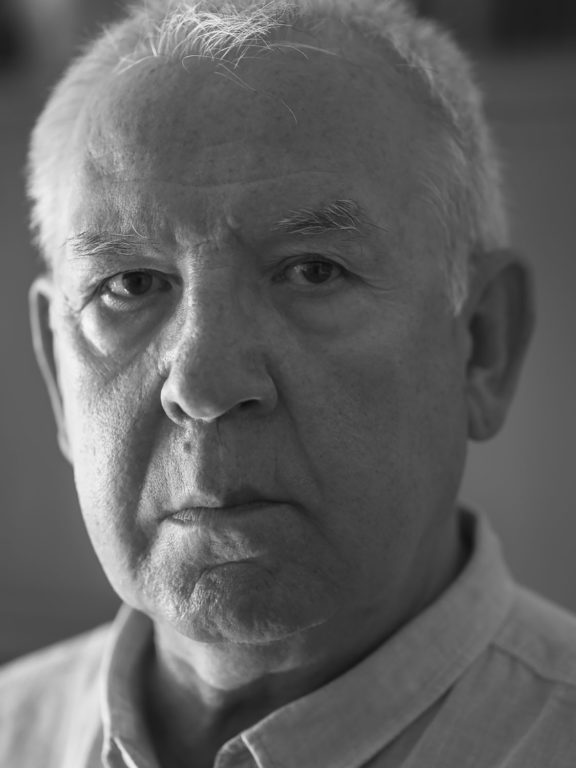Mariano Belmar is among those drawn to the arts at a young age, so that regardless of life’s path, he will always come back to his craft. Having painting as his introduction, his works are indicative of a diverse approach to photography.
The fog-choked surroundings and astounding ability to reveal states of melancholia and contemplation has been associated heavily to Mariano’s photographs. “Unconsciously, I am making approaches that sometimes take years to translate. I do not know why I have taken them and after a while, maybe in a couple of hours, they will take shape.”
Tell us the story behind your winning IPA entry, La Mancha 2017, from the inception of the idea to the final touches.
Since I read Don Quixote as a child, I have always been obsessed with those buildings turning into monsters. On one of my few trips in the middle of La Mancha, I found those giants immersed in the fog. It was an instant, that time it was just for one shot but that gave rise to the series. The series is a production process of several shots taken over a couple of years and in very different environments.
How important is post-processing in your work?
It is essential and fundamental. It is where the idea of a parallel reality materializes.
Take us back to the time you first held a camera and the moment you realized your passion for photography.
My passion is for painting and it dates back to my adolescence —from my first book in the history of art to my uncontrollable daydreaming during Latin classes. Later, photography became the weapon with which I created my art. My first shots were taken in the 70s. After that I took a long break, and went back to work about 10 years ago.
Tell us about the pivotal moment that launched your photography career.
I am just an amateur who kills time with this vice. I never gave importance to my work until I entered social networks and saw the work of others. I then kept on trying to create an image that satisfies me.
I do not have a photography career. I compete against myself and from time to time someone is kind enough to give me recognition and joy. Being IPA 2017 Discovery of the Year is something I will not forget.
You have done lots of impressive things, so how would you describe your personal photographic style?
Thanks for the compliment. I can’t describe my photographic style. As a friend said, “Once the work is finished, it belongs to others.” I leave the task to my viewers.
Being self-taught is a trend in photography, and you yourself are as well. In hindsight, if you had the opportunity, would you go through photography courses or workshops?
I would not go to photography courses and workshops, but I would like to be apprenticed to a highly-esteemed photographer.
Tell us more on how you come up with photography ideas?
The most normal is the process we are all dealing with — each person has their demons. Unconsciously, I am taking approaches that sometimes take years to translate. I keep images like that many times. I do not know why I have taken them and after a while, maybe in a couple of hours, they will take shape. There are times when a phrase heard from someone or uttered unconsciously opens the door to a series of images. Lately, I think it has become more aesthetic; the process has become more conscious.
What are you working on now? What should we expect from you next?
I keep working on perfecting the light of my images and perfecting techniques and aesthetics. I’m still working on the remains of old projects and I’ve started working in the urban area. Also, maybe one day I’ll tackle my biggest pending issue: the portrait.
How has winning IPA Discovery of the Year affected you?
It has been the great joy of my life in this field, though I am still learning and an amateur, and I still think I have more to improve before moving to the professional field. Besides, I am very bad at public relations. Nevertheless, my life changed with the award.
What is the best advice you ever got?
Work, learn from the classics, see all the paintings and photography you can, and go back to work.
What advice would you give to an emerging photographer?
Follow the previous advice twice.

